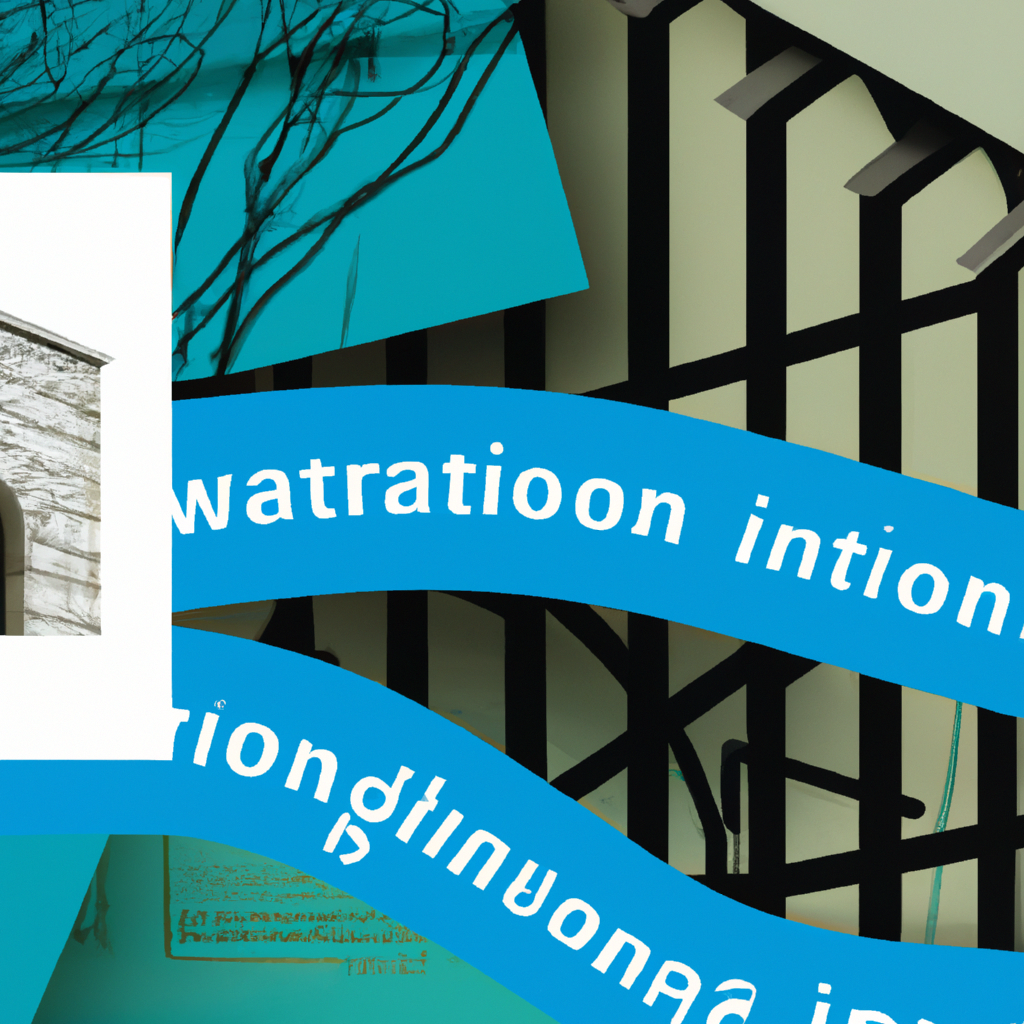
The landscape of culture and its tangible embodiments in art institutions across the northeast corridor is shifting, subtly yet perceptibly, beneath our feet. This morning's dispatches from the art world reverberate with news of institutional uncertainty, burgeoning new platforms, and a quest for workers' rights, heralding a potentially transformational era in the cultural sector. Let us delve into these developments with the discerning eye and inquiring mind that the subject matter deserves.
Philadelphia's Creative Flux The University of the Arts in Philadelphia, a venerable institution long celebrated for its eclectic and vibrant contribution to the arts, has found itself ensnared in the all-too-common narrative of financial woes dictating operational changes. The recent announcement of mass layoffs is a somber reminder of the volatile nature of reliance on traditional funding structures in the arts. This development not only alters the fabric of the institution but also sends ripples through the regional cultural economy, urging a reevaluation of how the arts are valued and sustained.
Breathing New Life into Naples Meanwhile, the cultural tapestry of Naples, Florida, is poised to be enriched with the introduction of a new museum. This forthcoming institution promises to be a beacon of artistic engagement and education, poised to weave together local charm with global artistic currents. As museums continue to serve as crucial cultural hubs, this new entity will no doubt play a pivotal role in redefining the artistic landscape of southwestern Florida, marking a significant point of growth and opportunity within the community.
Solidarity at Glenstone In a marked shift towards securing greater agency and equity, the workers at Glenstone, a serene art enclave nestled in Potomac, Maryland, have cast their votes in favor of unionization. This move, emerging amidst a broader wave of unionization efforts within cultural institutions across the nation, highlights a collective push for improved labor conditions, recognition, and respect within the sector. Such changes at Glenstone could presage a new norm in the operational dynamics of art institutions, reflecting a more democratic engagement between management and staff.
In summary, today's news items paint a picture of an art world at a crossroads. These narratives of change—be they of contraction, expansion, or evolution—encapsulate the ongoing dialogue between tradition and innovation in the cultural fabric of our times. As we continue to observe these shifts, one thing remains clear: the resilience and enduring passion of those who steward the arts ensure that it remains a vital, dynamic force in society.